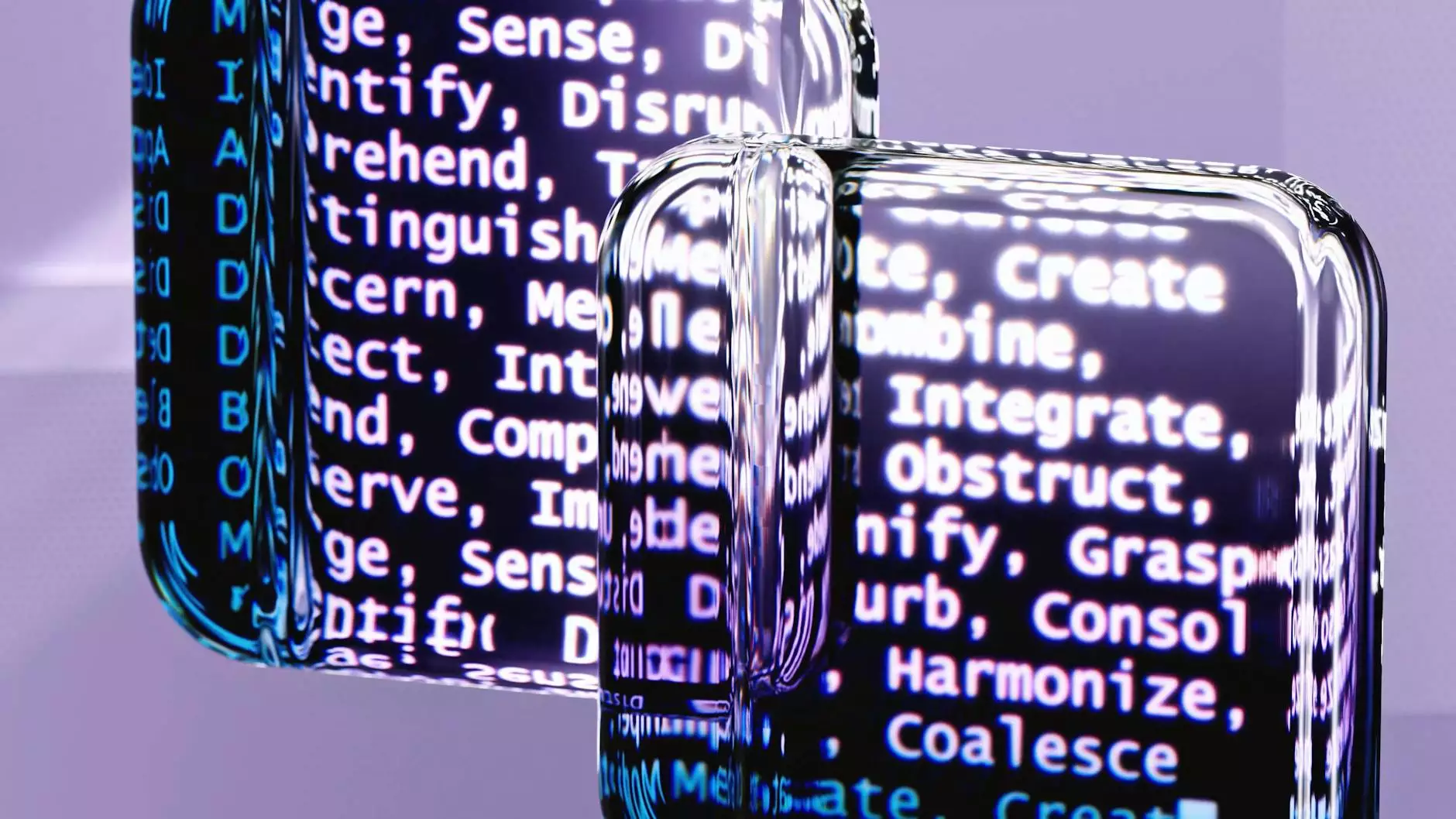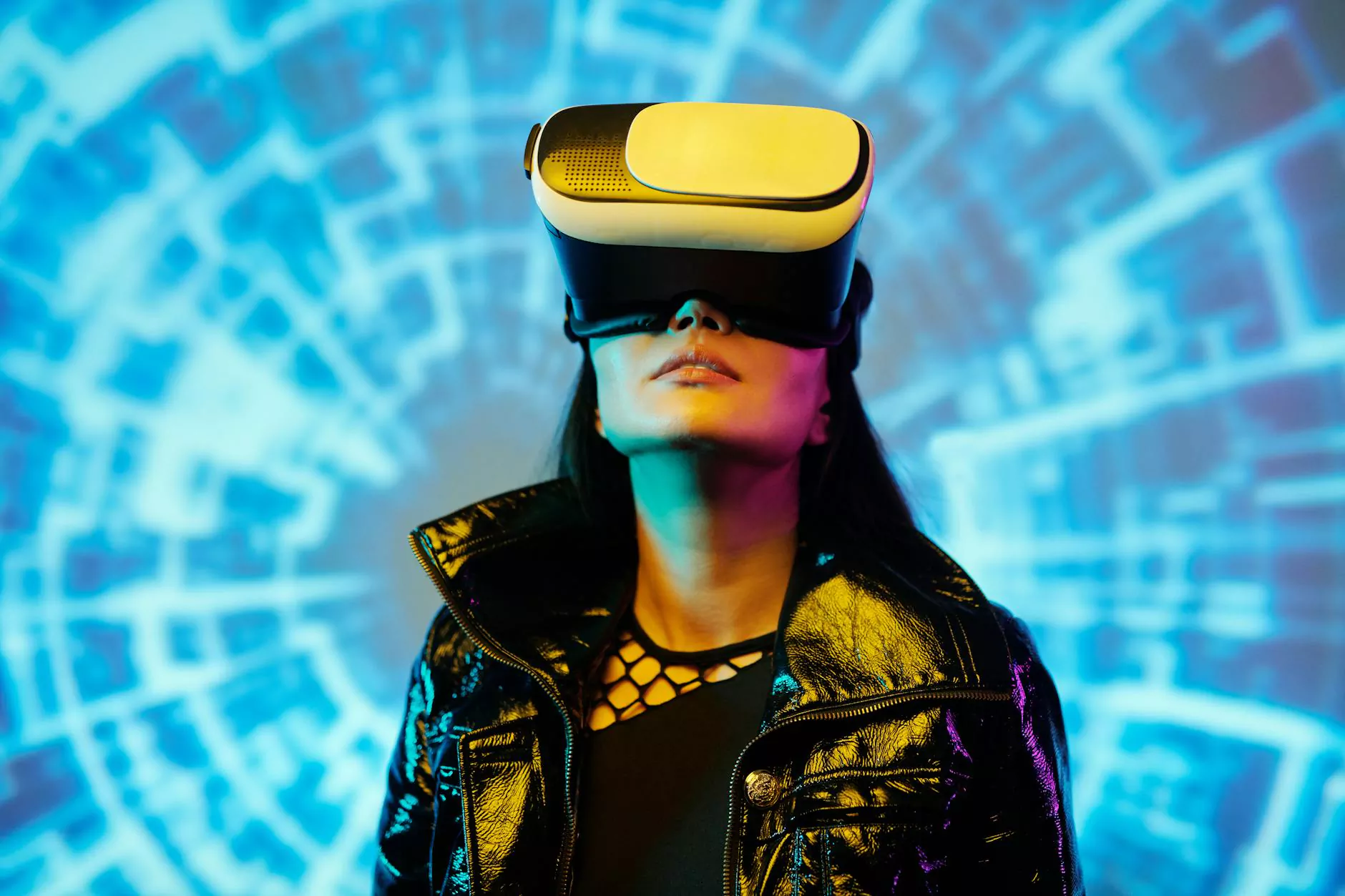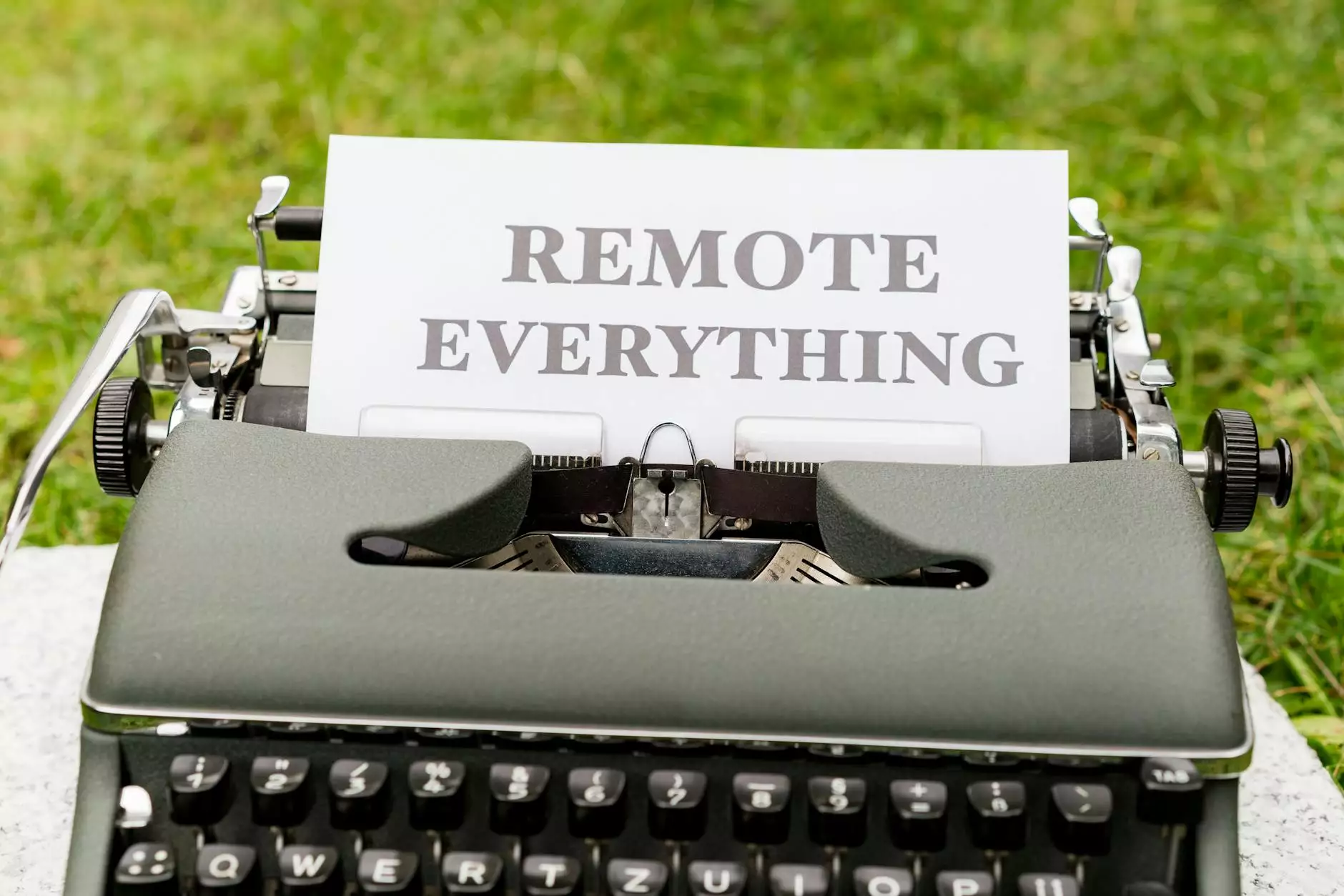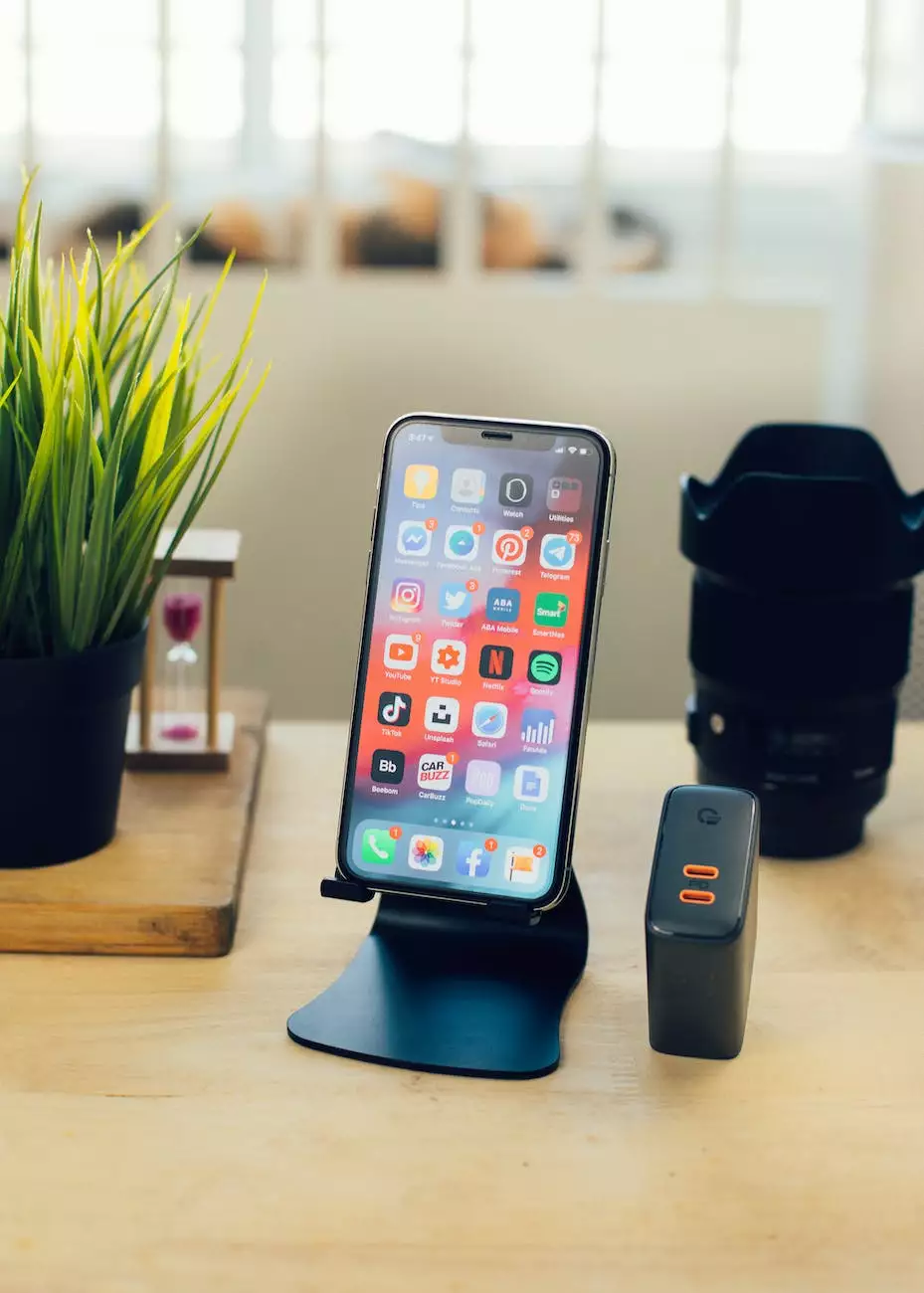ChatGPT Vs Google Bard: You Must Know Everything!

Introduction
In the ever-evolving landscape of marketing and advertising, staying ahead of the competition is crucial. As businesses strive to connect with their target audience and create compelling campaigns, new technologies and tools emerge to assist them in this journey. In this article, we delve into the exciting world of ChatGPT and Google Bard, two powerful tools that have taken the marketing industry by storm. Join us as we explore their key features, differences, and their impact on the business and consumer services - marketing and advertising sector.
What is ChatGPT?
ChatGPT, developed by OpenAI, is an advanced language model that uses deep learning techniques to generate human-like text. It has the ability to engage in human-like conversations and produce natural language responses. This revolutionary tool is designed to assist businesses in creating engaging content, support customer service interactions, and streamline various marketing tasks.
Understanding Google Bard
Google Bard, on the other hand, is a cutting-edge language generation model developed by Google. It aims to generate coherent and contextually relevant text in response to specific prompts. With the power of Google's vast search knowledge, Bard helps marketers create persuasive content, craft compelling narratives, and generate ideas that resonate with their target audience.
Key Differences
1. Language Understanding
While both ChatGPT and Google Bard share the goal of generating high-quality text, they differ in their approaches. ChatGPT focuses on engaging in coherent conversations and producing natural language responses, while Google Bard emphasizes contextually relevant text generation based on specific prompts. The difference lies in their core AI architectures and training methodologies.
2. Expertise and Knowledge
Another notable difference is the depth of expertise and knowledge available within each tool. ChatGPT leverages OpenAI's extensive pre-training data, which includes a wide range of topics and conversational data. Google Bard, on the other hand, harnesses the immense knowledge base built from Google's search engine, providing access to factual information, historical events, and much more.
3. Use Cases
ChatGPT excels in scenarios where interactive conversations and dynamic storytelling are desired. It can be utilized for content creation, customer support chatbots, and even virtual assistants. Google Bard, being backed by Google's search expertise, is particularly valuable in generating content that requires factual accuracy, such as informative articles, research papers, and news reports.
Implications for the Marketing and Advertising Industry
The emergence of ChatGPT and Google Bard presents exciting opportunities for businesses operating in the marketing and advertising industry. With their advanced capabilities, these tools empower marketers to craft personalized, persuasive content at scale, and engage customers in meaningful ways. They offer efficient solutions for generating ideas, improving copywriting, and enhancing overall creativity within campaigns.
Conclusion
As the marketing and advertising industry continues to thrive in the digital age, leveraging the latest technologies is essential for sustainable growth. ChatGPT and Google Bard are revolutionizing the way businesses approach content creation and customer interactions. Each tool possesses unique strengths and applications, providing marketers with more options to achieve their objectives. Stay ahead of the competition by embracing the power of ChatGPT and Google Bard with Maslow Lumia Bartorillo Advertising, your trusted partner in business and consumer services - marketing and advertising.










